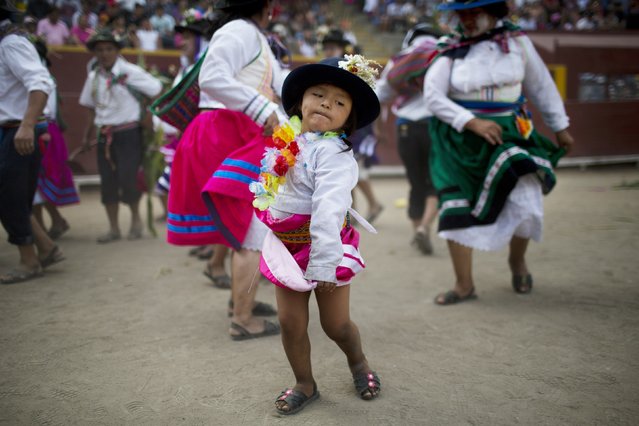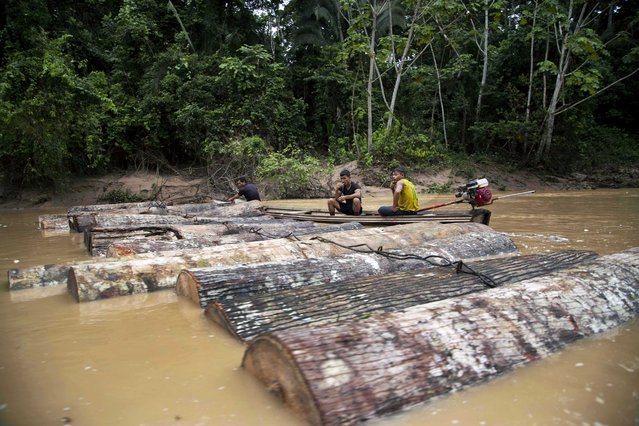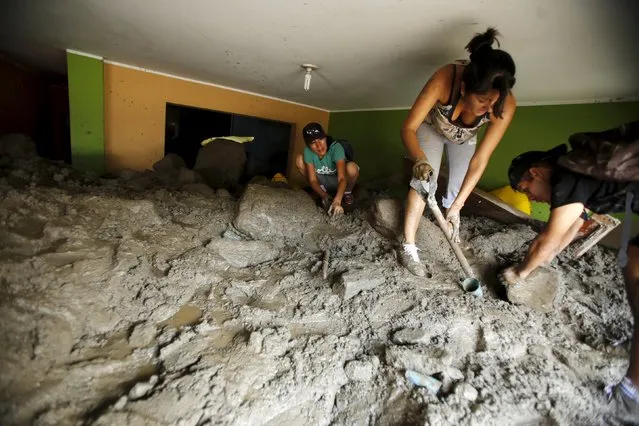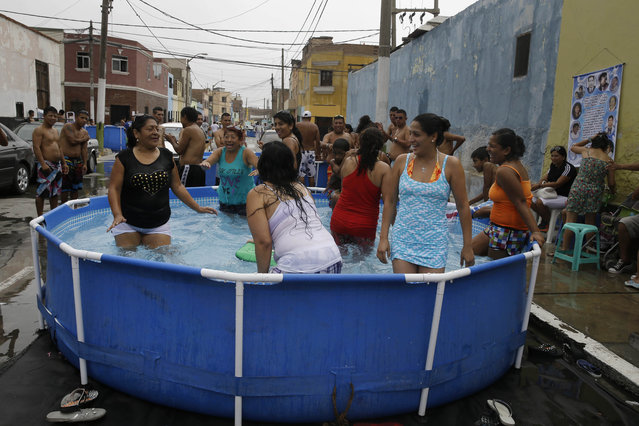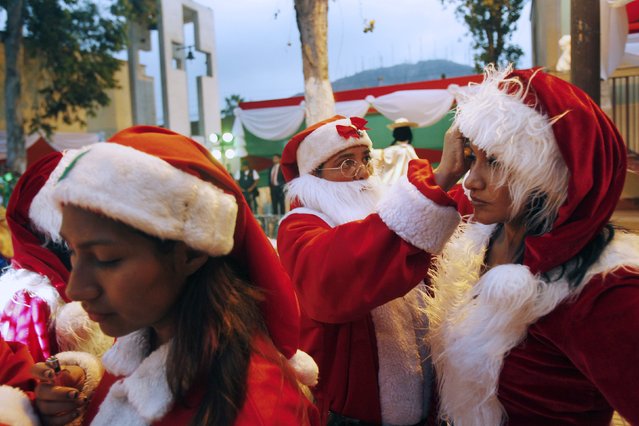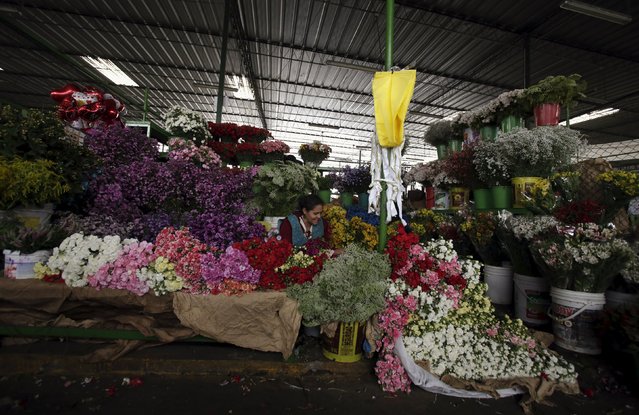
A florist waits for customers at the Piedra Liza flower market in Lima April 29, 2015. The market sells flowers that come from all over Peru. Peru is home to more than 25,000 varieties of flowering plants like geraniums, carnations, roses, hydrangeas and jasmine, according to local media. (Photo by Mariana Bazo/Reuters)
30 Apr 2015 10:36:00,post received
0 comments

